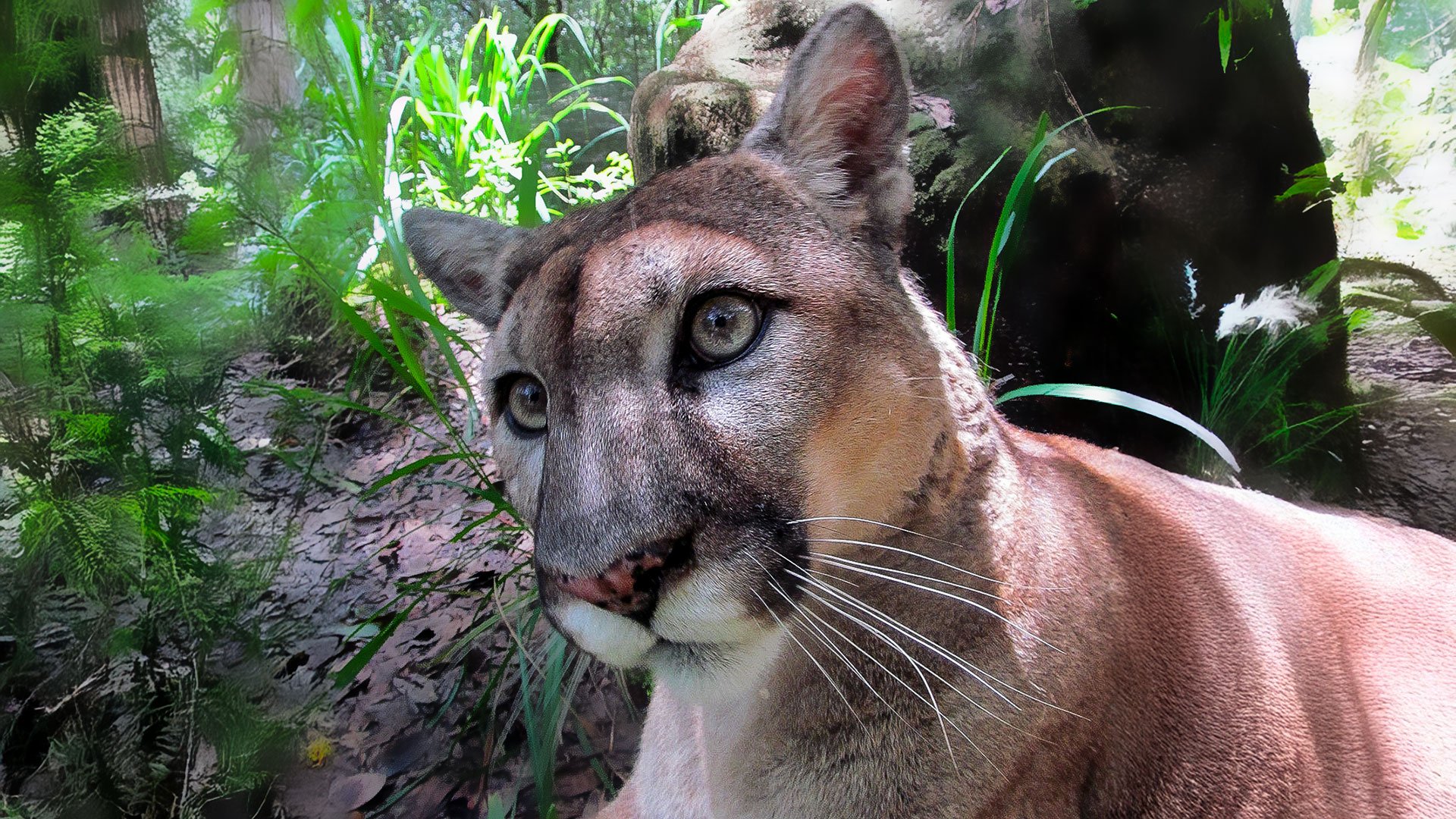The Last Roar: Saving Florida’s Endangered Panthers Before It’s Too Late
AI Florida Panther by the road
The Florida panther, a symbol of strength and resilience, stands as a testament to nature's beauty and fragility. Once roaming extensively across the southeastern United States, this majestic feline now occupies a mere 5% of its historic range, primarily confined to the forests and swamps of South Florida. Despite decades of conservation efforts, the Florida panther remains one of the most endangered mammals in North America, with an estimated population of around 200 individuals as of 2024.
A Glimpse into the Past
Historically, the Florida panther's range extended from Louisiana through Tennessee and the Carolinas, down to the tip of Florida. However, habitat loss, hunting, and human encroachment drastically reduced their numbers and territory. By the 1970s, the population had dwindled to about 20 individuals, leading to severe inbreeding and associated health issues such as heart defects and reproductive problems.
Challenges in the Modern Era
Today, the Florida panther faces numerous threats that hinder its recovery:
Habitat Loss and Fragmentation: Rapid urban development in South Florida continues to encroach upon the panther's natural habitat. The construction of roads and buildings fragments the landscape, isolating populations and limiting their ability to roam, hunt, and find mates.
Vehicular Collisions: One of the leading causes of mortality among Florida panthers is vehicle strikes. In recent years, vehicle collisions have accounted for a significant number of panther deaths annually.
Genetic Diversity: The limited population size has led to reduced genetic diversity, making panthers more susceptible to diseases and genetic disorders. In the 1990s, conservationists introduced eight female Texas cougars into the population to enhance genetic diversity, which helped mitigate some inbreeding issues.
Conservation Efforts Bearing Fruit
Despite these challenges, concerted conservation efforts have yielded positive outcomes:
Wildlife Crossings: To reduce vehicle-related fatalities, authorities have constructed wildlife crossings along critical stretches of highways in Florida. These underpasses and overpasses allow panthers and other wildlife to safely traverse busy roads, significantly decreasing collision-related deaths.
Habitat Preservation: Establishing protected areas like the Florida Panther National Wildlife Refuge has been pivotal in providing safe havens for panthers. These refuges offer undisturbed habitats crucial for hunting, breeding, and raising offspring.
Florida Wildlife Corridor Act: In 2021, the passage of the Florida Wildlife Corridor Act aimed to protect and connect over 18 million acres of land, ensuring that panthers and other wildlife have the necessary corridors to migrate and thrive.
The Role of Public Awareness
Public awareness and education play a crucial role in panther conservation. Documentaries like "Path of the Panther" have highlighted the challenges faced by these felines and the importance of preserving their habitats. Such media initiatives have been instrumental in garnering support for conservation legislation and fostering a deeper connection between the public and wildlife.
How You Can Make a Difference
Every individual has the power to contribute to the survival of the Florida panther:
Support Conservation Organizations: Donating to reputable organizations like Big Cat Rescue aids in habitat preservation, medical care, and public education efforts.
Advocate for Responsible Development: Encourage local governments to consider wildlife conservation in urban planning, promoting the creation of wildlife corridors and the protection of existing habitats.
Drive Cautiously in Panther Habitats: When traveling through areas known to be inhabited by panthers, especially during dawn and dusk, remain vigilant and adhere to posted speed limits to reduce the risk of collisions.
Educate Others: Share information about the Florida panther's plight with friends and family. Raising awareness is a critical step toward collective action.
Your Call to Action
The Florida panther's journey from the brink of extinction is a testament to nature's resilience and the impact of dedicated conservation efforts. However, the battle is far from over. By supporting initiatives that protect and expand their habitats, advocating for responsible development, and fostering a culture of coexistence, we can ensure that future generations witness the grace of the Florida panther in the wild.
Together, let's be the stewards of our planet, recognizing that the survival of the Florida panther is intertwined with the health of our ecosystems and the legacy we leave behind.
https://bonitasprings.floridaweekly.com/articles/florida-panther-update-9/ and en.wikipedia.org






























